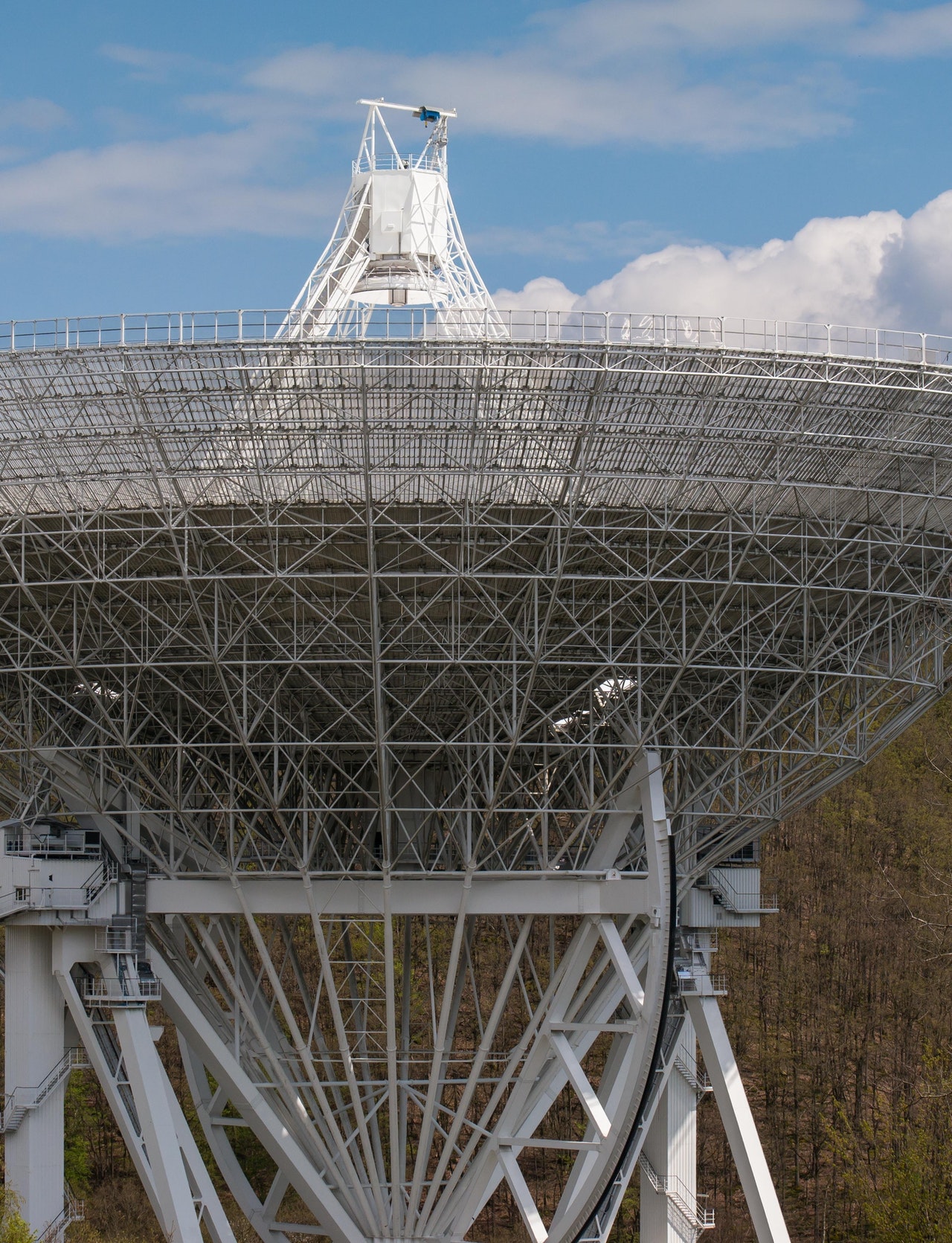With a peak data rate of 22 Gbps, with Enhanced Mobile Broadband, new mobile technology will increase the bitrate, which adds more speed and reduces delays in data delivery to mobile devices. This will especially be useful for bandwidth-intensive applications such as virtual reality, augmented reality, streaming media, and high bandwidth Internet Services. It also makes downloads faster and reduces battery drain. To maximize these benefits, it’s necessary to know what is 5G.
The name for mobile technology used to refer to Next Generation Networking (NFS) or IP networks used to transfer data at higher speeds than conventional networks. These technologies paved the way for further innovations such as VoIP (voice over IP), which is a protocol for making voice calls over IP networks like the Internet or mobile devices. It offers various solutions such as video conferencing, interactive web and mobile websites, and audio-video applications. Soon after, Verizon Wireless with the acquisition of pole-based carrier ViaMoto became the first major vendor to offer a service offering data at up to 5 Gbps. This made Verizon the first large-scale provider to offer this data rate on the market.

The Verizon Wireless 5G network
The Verizon Wireless 5G network has both VoIP and GPRS elements. The VoIP part uses the ATA packets/VoIP extensions to transmit voice and data at high speed over the same network as the ATA signal. This allows users to make voice calls as well as send text messages through their mobile devices. The GPRS part of the network delivers data at a higher bandwidth level than CDMA carriers. This provides a connection to various device-based applications. This enables an individual to send and receive files and even browse the Web on a regular basis.
Primary benefits
One of the primary benefits of Verizon’s VoIP services is the increased usability in small urban areas. In small cities, most residents still rely on analog telephone service (POTS). Even in such areas, many consumers continue to use traditional copper lines and other communications devices. With Verizon’s offering, people will be able to connect to the Internet at faster broadband speeds, and even enjoy voice communication at comparable prices to those who reside in larger, more populated metropolitan areas.
For the larger part, Verizon’s new offerings can be obtained through any mobile phone carrier. However, it is important to note that not all providers are ready to adapt to the 5G technology. Some carriers have been slower to respond to this advance than others. Verizon, however, continues to support its current 4G offering. Additionally, it is worth noting that the majority of providers in the U.S. are still using 3G technology. This means that consumers may be able to take advantage of Verizon’s new offering while their carriers upgrade to the new 5G technology.

Constant improvement
Even as Verizon deploys its FiOS fiber-optic network to communities across the country, the company is also making efforts to improve its other wireless services. The company recently announced its intention to offer unlimited calling plans to qualifying U.S. residents by the end of the year. Although the service is not available in all areas at present, Verizon is aggressively pursuing expanding its offerings. Perhaps the biggest change is the introduction of the Verizon Mesh Network. The company has plans to extend its mesh network to additional cities including Boston and Chicago in the future.
The Verizon network goes beyond the airwaves, however. It also includes the company’s premier Internet suite, FiOS, and Verizon VoIP service. FiOS allows customers to access high-speed Internet through an Internet connection, digital cable connection, or digital phone service. As a result, customers do not have to travel to different areas to access the Internet. Verizon uses the term “5G” to refer to its fiber optical networking capabilities.
To sum up
The next generation of broadband may be even better than the existing Internet connections. There are some advantages and disadvantages associated with 5G networking. While there are some things we don’t know about yet, there are certainly advantages and disadvantages. With time, those will become more prominent.
